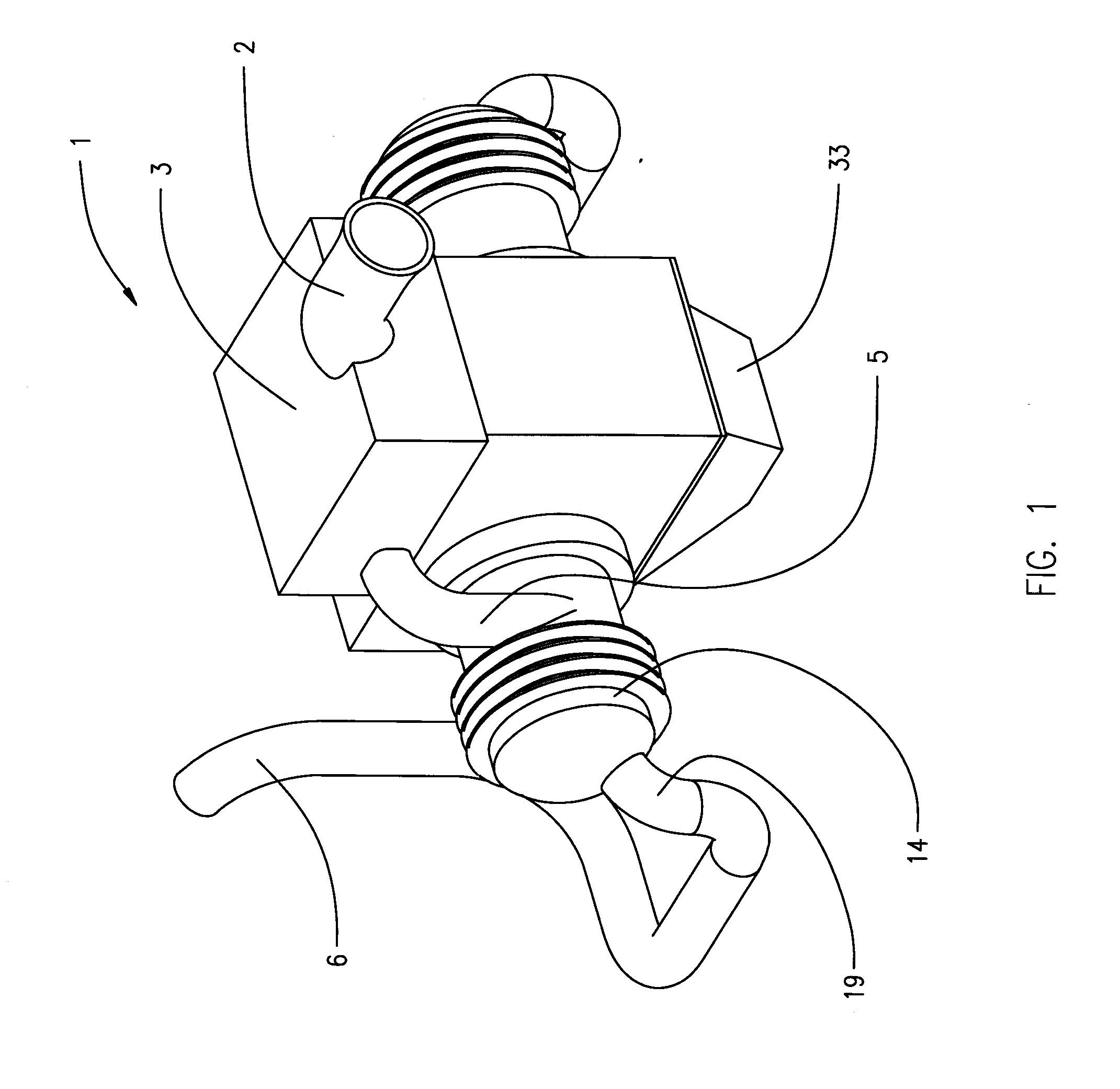Full expansion internal combustion engine
- Summary
- Abstract
- Description
- Claims
- Application Information
AI Technical Summary
Benefits of technology
Problems solved by technology
Method used
Image
Examples
Embodiment Construction
Definitions
[0060]As used herein, a stratified charge means that the fuel spray from the high pressure injector has a spray pattern that is fuel rich in the center of the spray where the spark ignitor can ignite rich fuel-air ratios and very lean fuel-air ratios.
[0061]As used herein, a spark means includes a means for igniting a fuel-air mixture in a cylinder for combustion, and can include a spark plug, a flame, a heated tube, a laser, and a magneto.
[0062]As used herein, combustion delay time is defined as the time interval between the injection of the fuel and the completion of the temperature rise due to combustion of the fuel.
[0063]As used herein, scavenge efficiency is defined as the percent of fresh air in the cylinder volume when the exhaust valve closes with some of the unscavanged burned gases remaining in the cylinder.
[0064]The present invention provides a two-stroke, uniflow, full expansion cylinder(s) in an internal combustion engine that is configured to operate through ...
PUM
 Login to View More
Login to View More Abstract
Description
Claims
Application Information
 Login to View More
Login to View More - R&D
- Intellectual Property
- Life Sciences
- Materials
- Tech Scout
- Unparalleled Data Quality
- Higher Quality Content
- 60% Fewer Hallucinations
Browse by: Latest US Patents, China's latest patents, Technical Efficacy Thesaurus, Application Domain, Technology Topic, Popular Technical Reports.
© 2025 PatSnap. All rights reserved.Legal|Privacy policy|Modern Slavery Act Transparency Statement|Sitemap|About US| Contact US: help@patsnap.com



